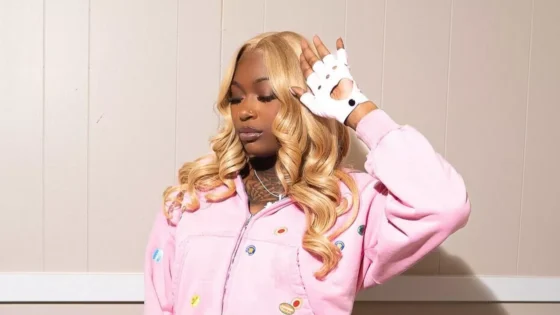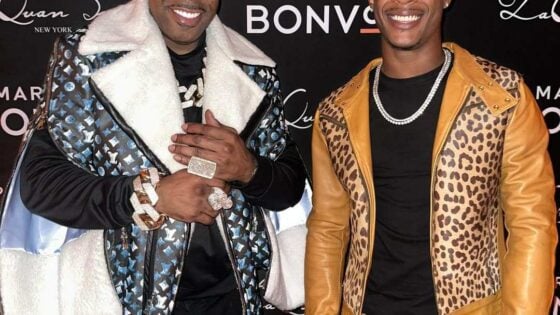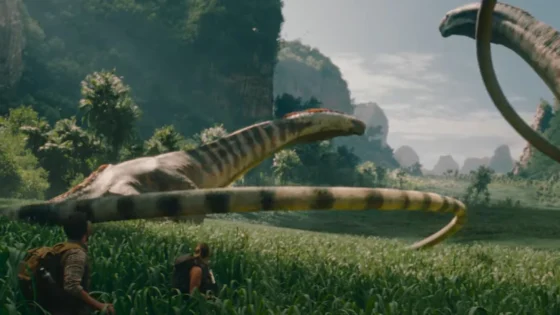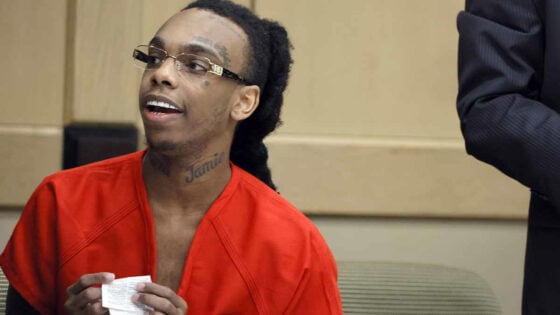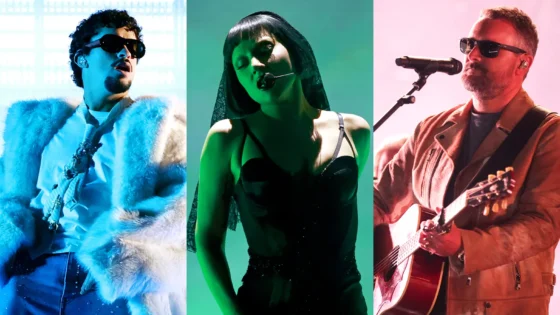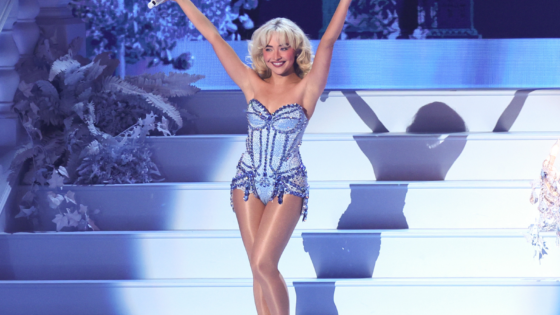Considering the depths of Hollywood greed, it shouldn’t be surprising that Disney and Pixar would feel the need to squeeze one more guaranteed success out of the Toy Story franchise. Of course, Toy Story 3 already ended on the most emotional note in the entire series, but that’s not enough to forestall a sequel. With Toy Story 4, it seems that Woody (Tom Hanks), Buzz Lightyear (Tim Allen), and the other toys have finally reached the end of their journey together. Like the entry that preceded it, the film divides neatly into an uninspired first half and a moving second half — but the movie’s best parts allow it to stand among Pixar’s greatest achievements.
Following the conclusion of the third film, Andy’s toys have found a new home, this time with a little girl named Bonnie (Madeleine McGraw). With their new home comes a new social order based on Bonnie’s toy preferences. Every day she pulls most of her toys out of her closet to play with and scatter over the floor, but Woody has found himself left behind in the closet day after day, while Buzz and Jessie (Joan Cusack) are among the lucky. Woody, though obviously disappointed, doesn’t seem to mind his daily exile too much. His place as the leader of the gang has been replaced by Dolly (Bonnie Hunt), who has been dubbed by Bonnie as “The Mayor.” She does her best approximation of the unelected office, trying to corral the other toys so that they don’t get caught.
Though Bonnie is not interested in playing with him, Woody still feels a strong devotion to her; when she experiences a bout of separation anxiety before her kindergarten orientation, he hides in her backpack to provide moral support. When she’s abandoned by the other kids during an arts and crafts session, he rescues some crayons, a red pipe cleaner, and a spork from the trash, which she crafts into a new buddy called Forky. In the world of Toy Story 4, all it takes is two googly eyes to become a sentient toy, but Forky (played impeccably by Arrested Development’s Tony Hale) can’t separate his new consciousness from his life as assorted waste. He has an overwhelming desire to jump into the nearest trash can, requiring Woody to shepherd him and fish him out whenever he goes dumpster diving. Though Hale is able to have some deeper existential discussions with Woody later in the film, at first he’s a simple (and comic) product of millennial memes about our desire for death.
When Bonnie and her family go on a road trip in a rented RV for the final week before school starts, Woody is tasked with rescuing her beloved Forky after he jumps out. He saves the former utensil, and the two even bond a bit before they make it back to the family’s next stop — a small town built around a carnival-style amusement park. But Woody is distracted by a local antique shop, which features a lamp that was once paired with Bo Peep (Annie Potts), a toy he was infatuated with before she was given away years earlier. There’s no sight of her in the store, which turns out to be more sinister than Woody initially realized. It’s patrolled by a squad of creepy ventriloquist’s dummies led by Gabby Gabby, a little girl doll from the 1950s who has been exiled to the antique shop because her voice box was defective. The doll, played by Christina Hendricks, is charming at first, but a darker side emerges when she realizes that Woody dates from the same era and still has a perfectly functioning voice box.
The early sections of Toy Story 4 are almost embarrassing in their lazy nonchalance. After a brief flashback to Bo Peep’s departure that tries to ring emotion out of a relationship that was never developed (Annie Potts wasn’t featured in Toy Story 3, despite being in the first two films), the true opening doesn’t bother to tell us much about the toys or their struggles and experiences living with their new child. It’s as if the first portion of the film were just the opening to a TV sitcom; everyone in the audience knows the characters, so they can just pick up on a new adventure that will have no consequences and will be forgotten when the following installment arrives.
These early moments also get uncomfortably close to the real-life illness that has plagued Pixar since its founding. Woody’s banishment to the closet brings to mind the fate of John Lasseter, the head of Pixar who executive produced most of its biggest film successes, and directed the first two Toy Story movies. In November 2017, he went on a six-month “sabbatical” from the studio after allegations emerged of a decades-long history of sexual harassment and assault while at Pixar. During his time away, he served as a consultant before his contract was allowed to expire at the end of last year, and Toy Story 4 is his final credit with the company (original story).
It’s likely that Woody’s plight was envisioned before Lasseter was put to pasture (although it may have originated in later drafts of the screenplay), but it’s hard not to think of a powerful man finally held accountable for his actions complaining about his treatment. To make matters worse, Woody has been replaced by a capable woman (Dolly) who seems to be a more conscientious and safe leader of the toys than the fun-yet-reckless cowboy. Lasseter wasn’t replaced by a woman — though for the first time in the franchise, three women are also credited with the movie’s story (The Office’s Rashida Jones, Valerie LaPointe, and Stephany Folsom, who’s also credited with the screenplay). The years-long rollout of the film makes it unlikely that Woody’s early fate was intended as a parallel to Lasseter’s, but it still sours these early parts.
Once the film is done feeling sorry for Woody, however, it takes off. Hale brings the comedic talents he’s displayed on Arrested Development and Veep to great effect, and his delivery is matched by the pleasantly bizarre character design. Buzz Lightyear is mostly sidelined in the film, and whether that’s a result of Tim Allen’s off-screen persona over the last few years or simply a storytelling necessity, it works just fine. His own existential crisis was neatly wrapped up in the first film, and his bumbling hubris has never been as intriguing as Woody’s unabashed earnestness. Yet amid all the film’s great voice talent, the most astounding performance belongs to Christina Hendricks as Gabby Gabby. It’s not a spoiler to say that her warm and inviting doll becomes the Toy Story 4 villain, but she’s a surprisingly complex character who is subtler and more compelling than any previous antagonist.
Aiding the performances are Pixar’s usual unimpeachable visuals. There are a number of landscapes in the film that one wouldn’t even know were computer generated if seen in isolation. And cinematographers Jean-Claude Kalache and Patrick Lin, credited with “lighting” and “camera,” respectively, create gorgeous textures out of sunbeams in the dusty antique store and the kaleidoscopic lights of the fairground.
Toy Story 4 doesn’t hold up to the first two films in the series, and it’s not quite as tear-inducing as the third entry, but it’s a fitting ending (although plenty of people thought that about the last one). However, this time feels like it really is the end, and any future entry would require some heavy lifting to get all the toys back together again. Hopefully Pixar can quit while they’re ahead and focus on whatever their next success will be. Woody has earned this ending, and attempting to retroactively change that would only be a betrayal.










